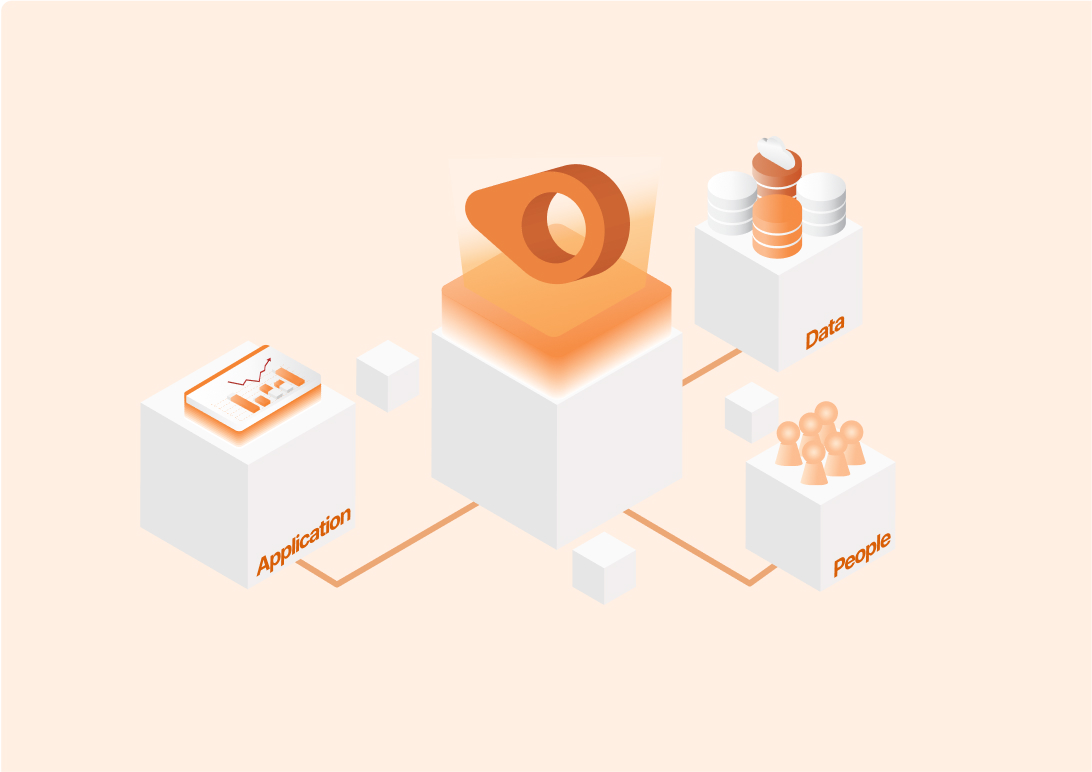
Headless BI (Business Intelligence) is an approach to delivering analytics and reporting capabilities without a user interface. In a headless BI system, the data and analytics are decoupled from the visualization layer, which means that the data can be accessed programmatically by other applications or services.
Headless BI allows developers to embed analytics functionality into their own applications or workflows, without requiring users to switch to a separate BI tool or platform. This approach enables developers to build customized data-driven applications or integrate analytics capabilities into existing workflows, which can improve the user experience and productivity.
In a headless BI system, the data is typically stored in a separate data warehouse or data lake, and the analytics are performed using specialized tools such as SQL or Python. The results of the analytics can then be accessed programmatically using APIs, which can be integrated into other applications or services.
Headless BI can be particularly useful in modern, cloud-based environments where data and analytics are distributed across multiple systems and services. It can help organizations to build flexible, scalable analytics solutions that can be customized to meet their specific needs. However, it may require more technical expertise than traditional BI systems, as developers need to understand how to access and manipulate data programmatically.
There are several benefits to using a headless BI approach:
- Flexibility: With headless BI, developers can build custom analytics solutions that are tailored to their specific needs. They can choose the data sources, analytics tools, and APIs that best meet their requirements, and build the solution using the programming language and framework of their choice.
- Scalability: Headless BI systems can be scaled up or down as needed, depending on the volume of data and the number of users. Developers can add or remove data sources, analytics tools, and APIs as the needs of the organization change.
- Integration: Headless BI makes it easy to integrate analytics functionality into other applications and workflows. Developers can use APIs to access the analytics results programmatically and incorporate them into other systems or services.
- Cost-effective: Headless BI can be a more cost-effective solution than traditional BI tools, especially for organizations with complex or unique data requirements. Instead of paying for a full suite of BI tools, organizations can build custom solutions that meet their specific needs.
- Governance: With headless BI, organizations can maintain centralized control over their data, even as it is used in different applications and services. This can help ensure that data is consistent, accurate, and up-to-date, and can also help with compliance and regulatory requirements.
Key features of headless BI:
- Decoupled architecture: In a headless BI system, the data analytics and visualization layers are decoupled. This means that the data and analytics can be accessed programmatically, without the need for a dedicated user interface.
- API-driven: Headless BI relies on APIs (Application Programming Interfaces) to make the data and analytics available to other applications and services. APIs can be used to access data, perform analytics, and retrieve results.
- Customizable: Headless BI systems are highly customizable. Developers can choose the analytics tools and data sources that best meet their needs and build custom solutions that are tailored to their specific requirements.
- Developer-focused: Headless BI is focused on providing analytics capabilities to developers, rather than end-users. This means that it may require more technical expertise to implement and use, but it also provides greater flexibility and control over the analytics process.
- Governance: Headless BI systems provide centralized control over data, even as it is used in different applications and services. This can help ensure that data is accurate, consistent, and up-to-date, and can also help with compliance and regulatory requirements.
Canner Enterprise to achieve Headless BI Architecture
By using Canner Enterprise, companies can achieve a true Headless BI architecture. This means that the BI layer is separated from the data layer, allowing companies to easily connect to any data source, regardless of where the data resides. This enables companies to achieve a more agile and flexible approach to BI, enabling them to quickly and easily adapt to changing business needs.
With Canner Enterprise, companies can easily connect to any data source, including both traditional and modern sources such as MS SQL, Databricks, SAP, Oracle, and Big Data platforms. Canner Enterprise's powerful data virtualization technology allows companies to combine and transform data from multiple sources, enabling them to create a single, unified view of their data.
Canner Enterprise also offers robust security features, allowing companies to authorize different groups and users to access specific data sources and BI content. This ensures that data is protected and that only authorized users have access to sensitive data.
Additionally, Canner Enterprise offers powerful optimization features that allow companies to optimize their BI architecture based on different use cases and scenarios. This enables companies to achieve advanced analytics and custom BI, allowing them to gain deeper insights into their data and make more informed business decisions.
No reproduction without permission, please indicate the source if authorized.
 Canner
Canner